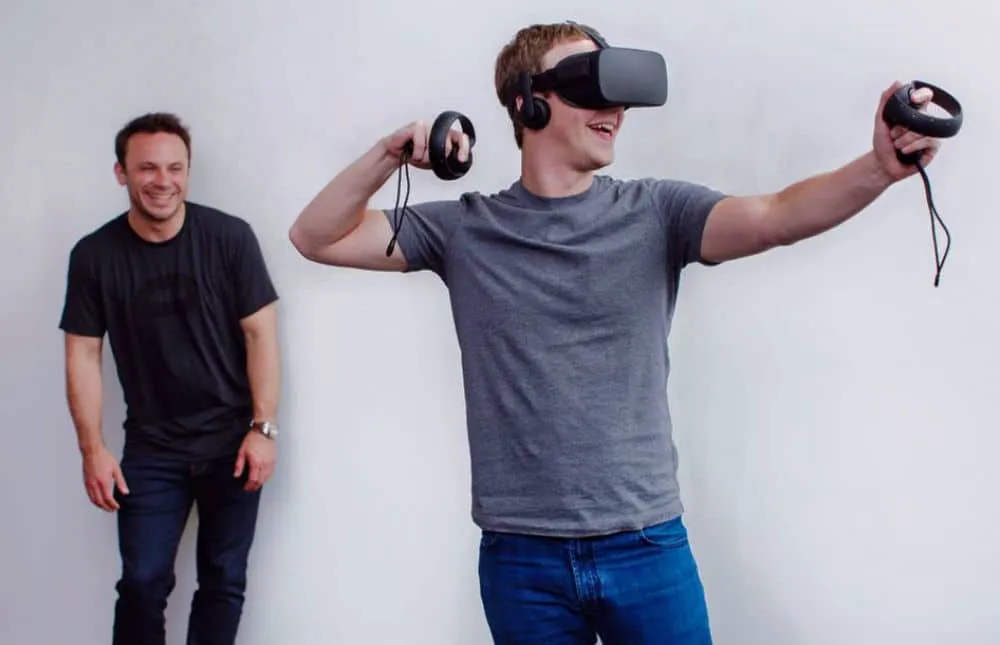The possible effects of VR data collection are covered in a new opinion piece in the American Medical Association’s pediatric journal, authored by Jeremy Bailenson of the Department of Communication at Stanford University.
In the piece, titled ‘Protecting Nonverbal Data Tracked in Virtual Reality’, Bailenson calls upon findings from his own work such as his recently-published book and experiments from others. He outlines just how efficient even current VR headsets, which track head and hand movements, can be in collecting non-verbal data. We’re used to the idea of our social media messages and internet searches being sourced to provide targeted advertisements and more, but this report suggests companies could access even more comprehensive personal data using VR.
Bailenson notes ‘commercial systems’ that are owned by companies like Facebook and Google can track “18 types of movements” across the head and hands up to 90 times per second. Over the course of 20 minutes, the report states, users could have 2 million unique body movements recorded. This includes information like where we’re looking, how we react to certain events and how we interact with objects and other virtual human beings.
The report cites several instances of this data being used for essential research, such as student’s potential to become distracted during lessons or measuring the behaviors of people diagnosed with high-functioning autism.
However, it’s the corporate uses of this data that give Bailenson cause for concern. In one instance, he references a test in which participants used a hand-tracked device to sort objects while facial expressions were recorded with computer vision. The data gathered from such a test could be used to create a “thin slice” of that person’s nonverbal behavior and create an algorithm to categorize them as high or low performers. Those conclusions could be used to “pigeonhole” them for future jobs.
Advertising is another concern, potentially replacing current, more passive methods with more intrusive experiences. “Instead of the typical strategy of product placement, sponsors could feature compelling VR experiences that are the equivalent of a Rorschach test,” Bailenson writes.
There are potential solutions to these concerns, though few sound ideal. Bailenson calls for government policy and self-regulation to protect VR owners, but also notes it is theoretically possible that there are hardware-based filtering solutions to “reduce data fidelity.” The latter suggestion, though, could put the quality of the VR experience itself at risk.
“Virtual reality provides incredible experiences, and I remain bullish on its successful integration into the media landscape given its role in communication, education and training,” Bailenson concludes. “But unless we solve the privacy issue early on, violations of our nonverbal privacy might trump these benefits.”


























